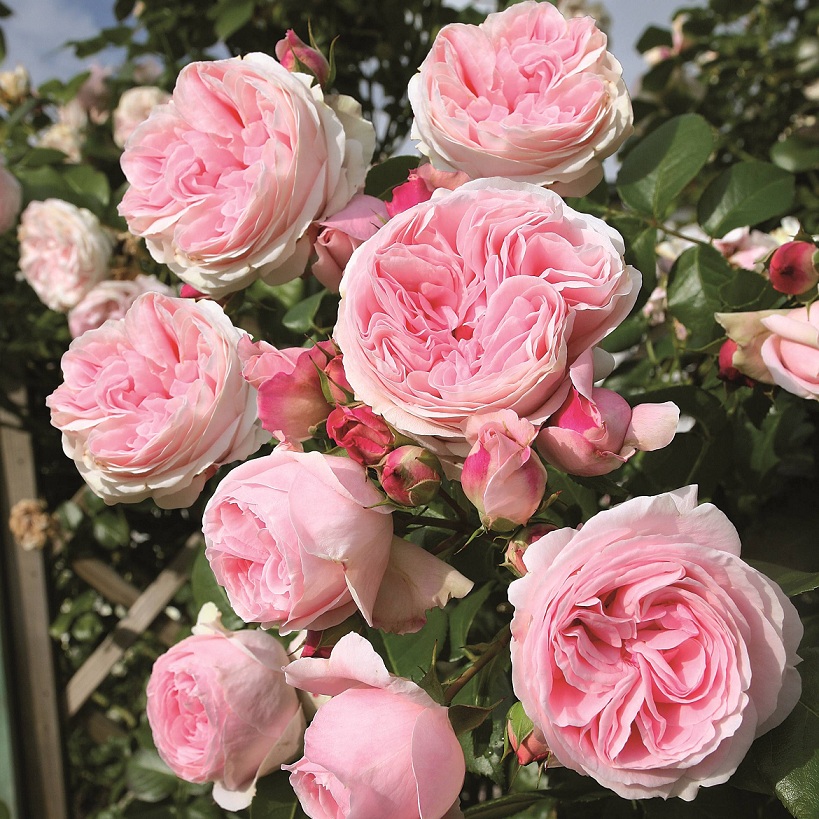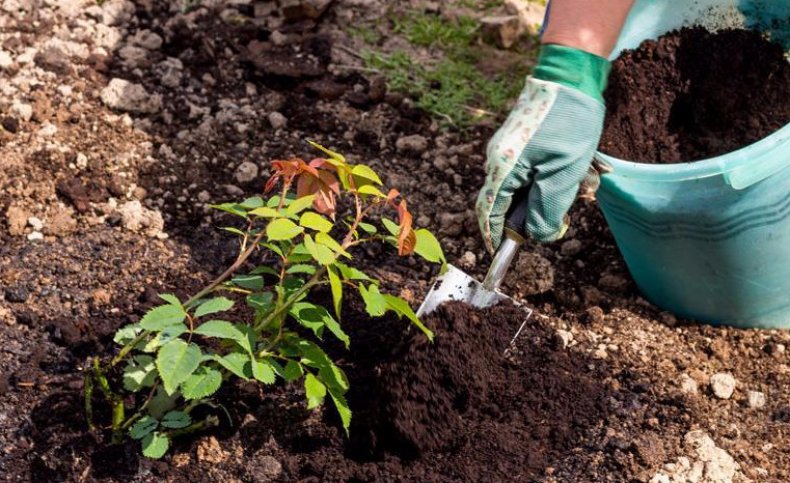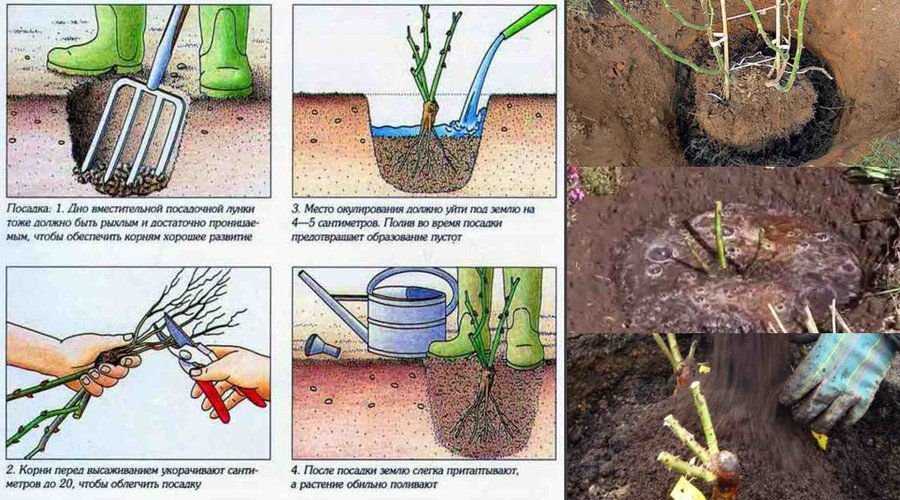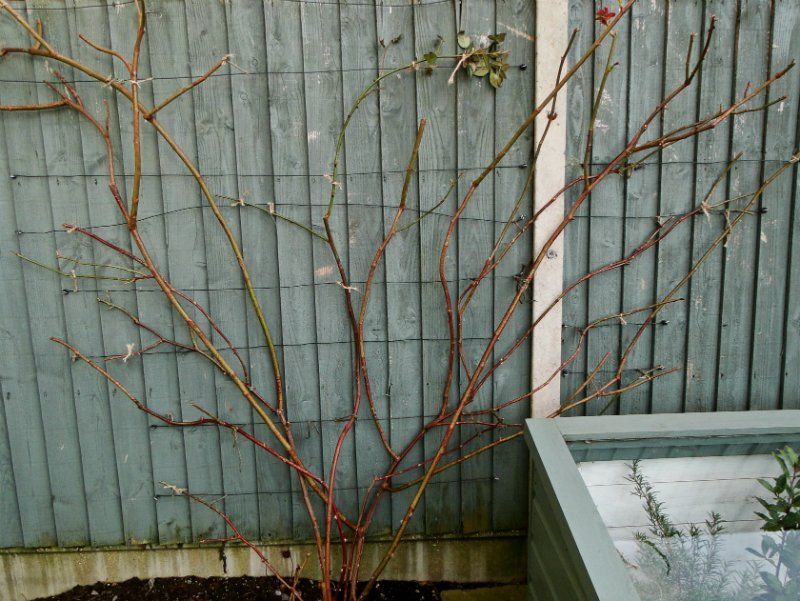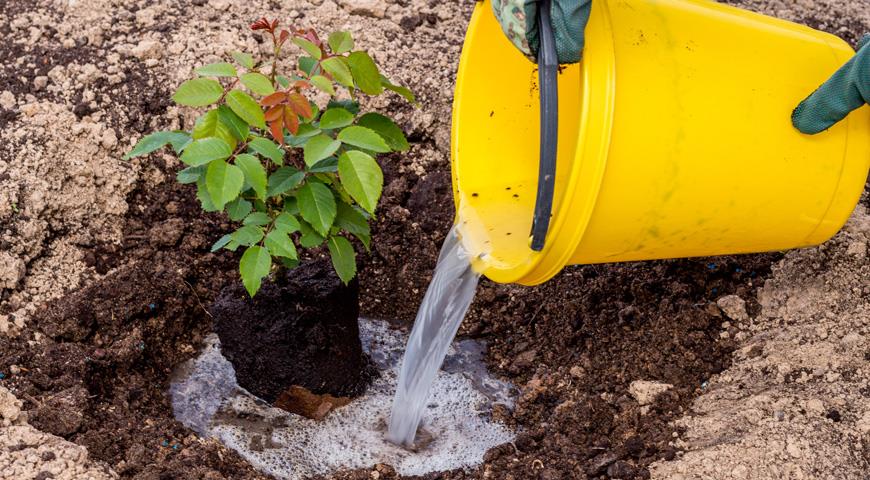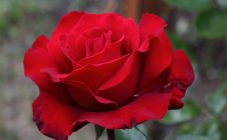Content:
The Jardine weaving rose (sometimes pronounced as Giardina) was created by German flower growers in 2008. It is resistant to sunlight. The opened buds practically do not fade throughout the entire flowering.
Main characteristics of the variety
The height of the Jardina rose bushes can reach 4 meters. In width, one bush can grow up to 1.5 meters. The description of the variety says that her flowers are large - 10-12 centimeters in diameter. Their shade is soft pink. One flower contains about 75 petals.
Flowering continues throughout the season. Flowers are collected in clusters of 3-5 pieces. They have a pleasant fruity aroma. The foliage of this variety also has an interesting decorative appearance. Delicate flowers against a background of a large number of green leaves with a semi-glossy surface resemble the famous Pierrede Ronsard (Eden Rose) rose. Florists are very pleased with the fact that the Giardina rose does not have sharp thorns.
Landing
Climbing rose Jardine prefers a place in the sun, so that there is good ventilation. It is undesirable to plant a rose in the place where such a flower has already grown. It is advisable to choose a place on a hill so that the water does not stagnate.
Since this is a weaving flower, it requires support. These can be arches, mesh fences or specially built pillars. If the Giardina rose is planted near the wall, it is necessary to retreat from it 55-60 centimeters.
In areas with a temperate climate, roses are planted outdoors in the last week of September. Already after 10-15 days, the planted plant has roots, by the time of the frost the bush will have time to adapt. You can also buy plants in the spring from the nursery and plant them in the soil immediately.
Seedling preparation
A day before planting in the ground, a rose seedling is soaked in water. Immerse only the roots or the whole plant.
Strongly regrown stems are shortened so that only 15 centimeters of their length remain. Weakened shoots are removed completely. The roots are trimmed in the same way.
Soil requirement
For planting rose bushes, a loamy, loose structure with good water permeability is preferable. To lighten heavy soil, you can mix it with lime and sand. To increase the fertility of the soil, humus, fertilizers containing phosphorus, as well as special soil bacteria (phosphorobacterin) are added to it.
Bush planting procedure
The hole is dug out so that the roots of the seedling are freely located in it. It is about 60 centimeters deep. If you plan to plant several Giardina rose bushes, dig the next hole at a distance of at least 1 meter.
The root collar of the plant should be about 10 centimeters below ground level. This will allow you to more reliably protect the young bush during winter frosts.
About 5 kilograms of peat compost or other nutrient mixture is added to each hole. After filling the hole with soil, it is lightly tamped.
Plant care
For abundant growth and flowering, humates or other nutrient mixtures are used. For this purpose, humus or compost is introduced. The climbing branches of the rose should be tied up as the bushes grow. To ensure the appearance of a large number of buds, some branches can be arranged vertically and others in a horizontal direction.
Timely carrying out the garter of the stems, you can form the conceived configuration of the bush. For example, to braid a pillar, use a spiral braid.
In addition, the rose needs watering, feeding and mandatory preparation for winter.
In cold conditions, full thermal insulation is required for a climbing rose. To do this, the stems are removed from the support, the dried shoots are trimmed and, bending to the ground, are strengthened in this position with the help of pegs, and sprinkled with a layer of soil on top. The base of the bush is insulated with agrofiber. In milder climates, rose bushes are not removed from the support, but only wrapped in polyethylene.
The main advantage of the Jardina rose is that it combines beauty and health. Dense foliage and powerful shoots are easy to mold. Flowers appear almost near the ground, so the bush looks very aesthetically pleasing.
